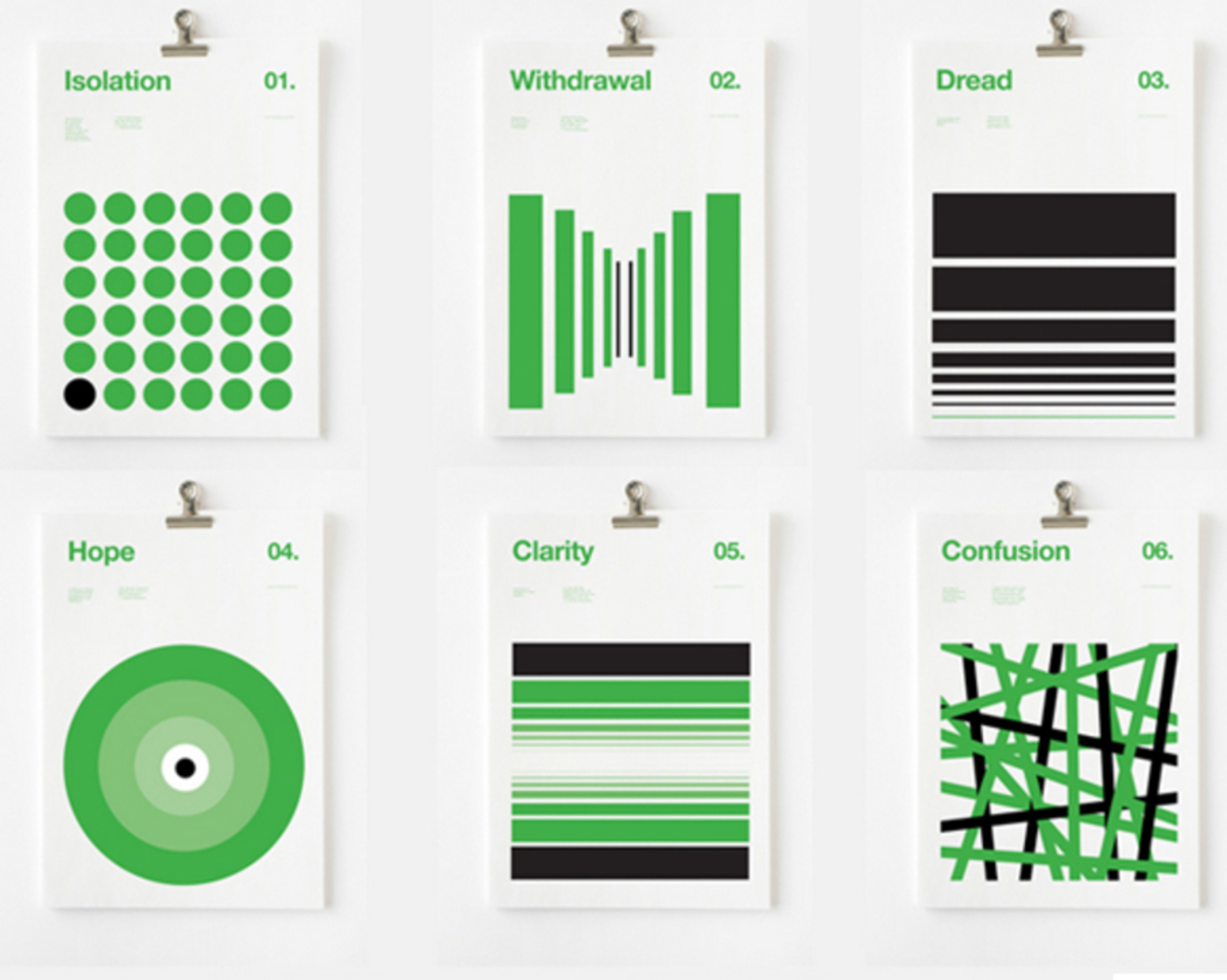Intention
We are often not aware how our wellness is shaped by our actions and surroundings or it has changed over time due to events we have experienced. Periodically capturing a data portrait of yourself would allow you to look from a distance, to notice behavioral or environmental features that are impacting your well-being and perception of yourself and the world. This intervention will explore how existing or possible behavioral data could be scoured and presented to allow individuals to see a representation of themselves change over time. This tool would help identify potentially hazardous habits, agents, situations, or spaces.
